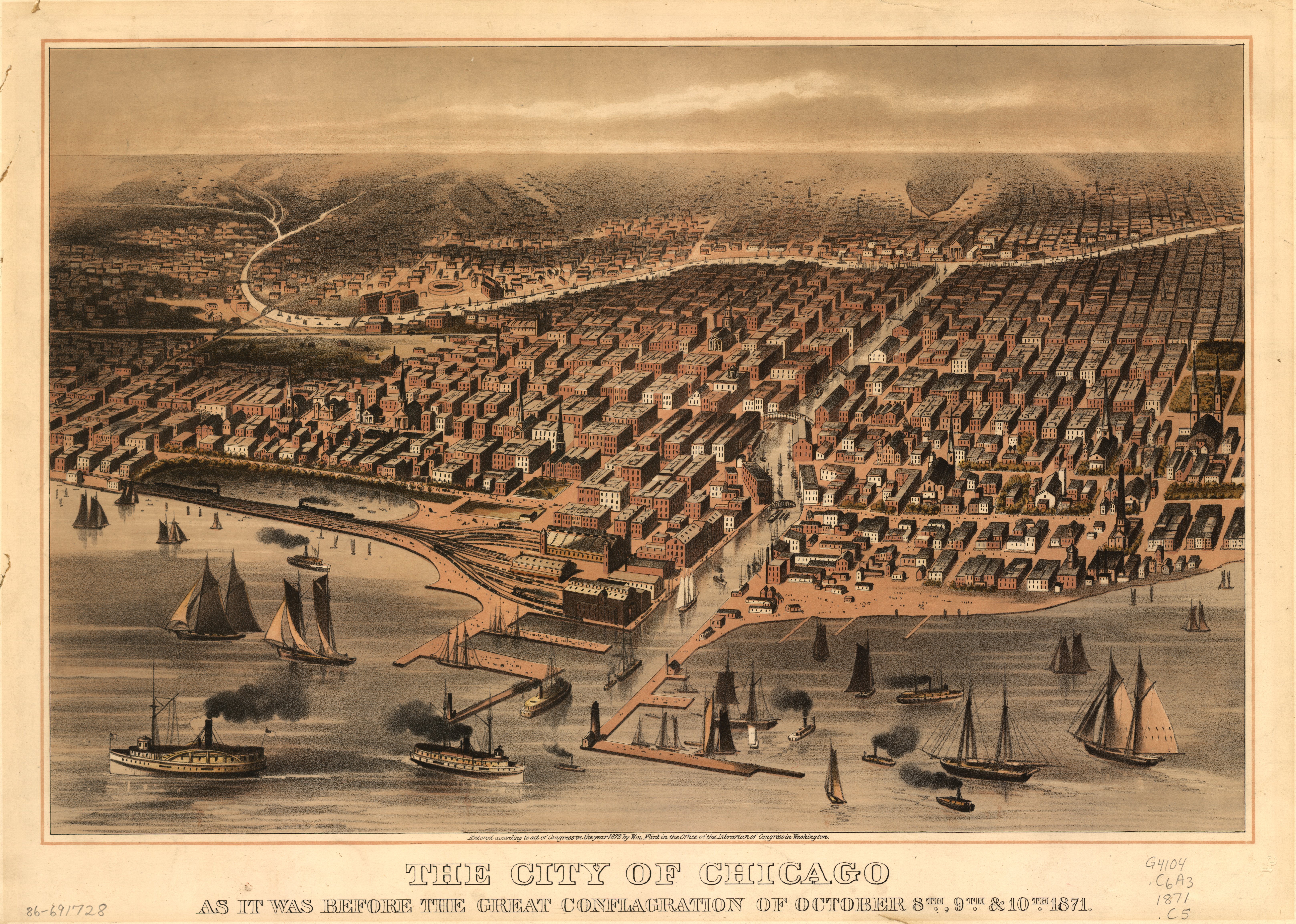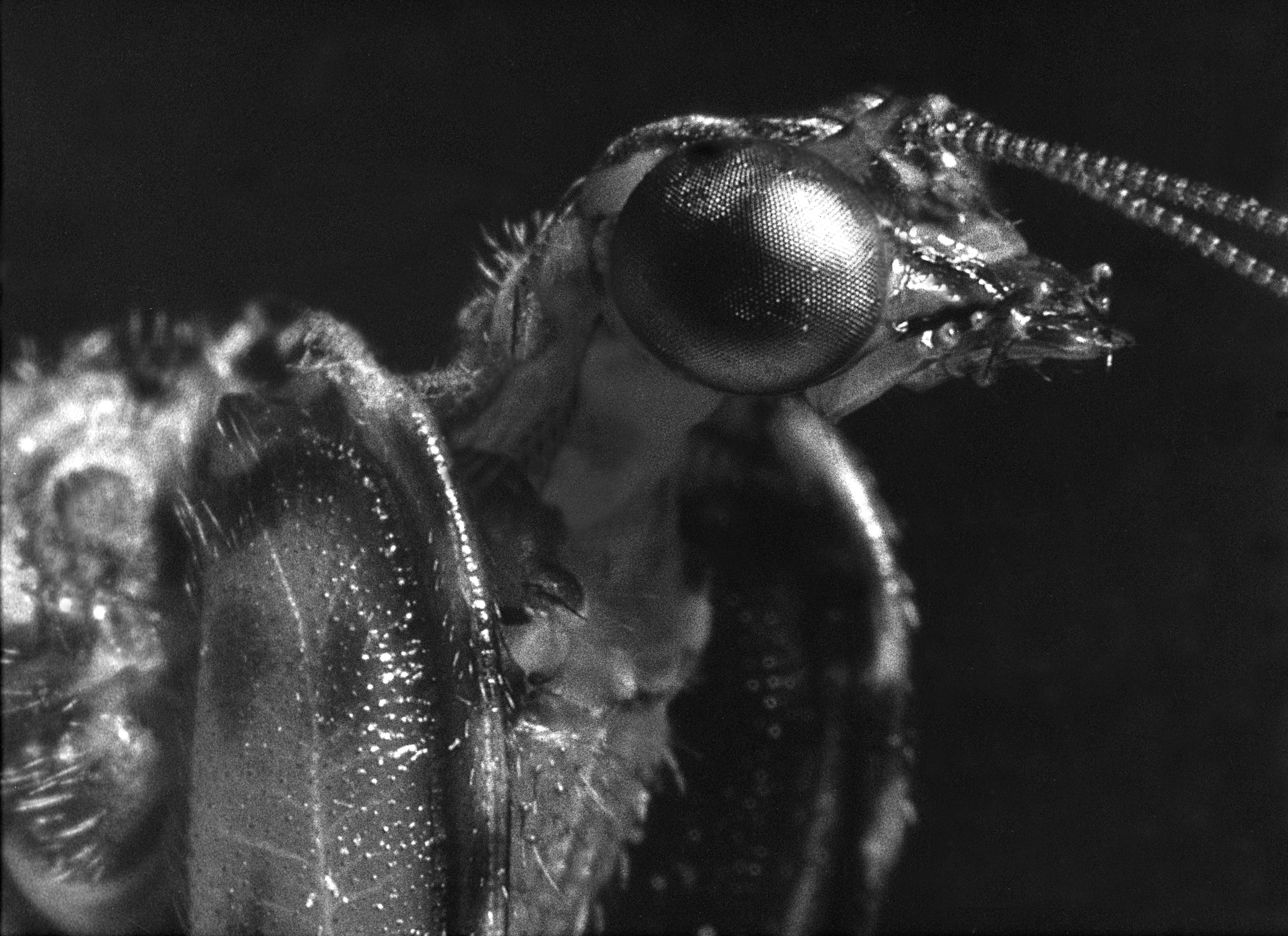|
Pagurus Armatus
''Pagurus armatus'', the armed hermit crab or black-eyed hermit crab, is a species of hermit crab found in the eastern Pacific Ocean of the United States and British Columbia, Canada. Description ''P. armatus'' is one of the largest species of hermit crab: adults may reach a carapace length of . The legs, including the claws, have bands of colour, in red, orange and white, and the claws bear short spines on the dorsal surface. The eyestalks are short, but bear large black compound eyes. ''P. armatus'' can be told apart from the similar '' P. ochotensis'' by the spines on its claws, which in ''P. ochotensis'' are replaced by granules. The two species are so similar that they have sometimes been considered members of the same species, but are now generally thought to be two distinct species. Ecology ''P. armatus'' lives on a variety of substrates, being particularly abundant in sea pen beds, at depths of up to Type specimen ''P. armatus'' was originally described (under the nam ... [...More Info...] [...Related Items...] OR: [Wikipedia] [Google] [Baidu] |
James Dwight Dana
James Dwight Dana FRS FRSE (February 12, 1813 – April 14, 1895) was an American geologist, mineralogist, volcanologist, and zoologist. He made pioneering studies of mountain-building, volcanic activity, and the origin and structure of continents and oceans around the world. His zoological author abbreviation is Dana. Early life and career Dana was born February 12, 1813, in Utica, New York. His father was merchant James Dana (1780–1860) and his mother was Harriet Dwight (1792–1870). Through his mother he was related to the Dwight New England family of missionaries and educators including uncle Harrison Gray Otis Dwight and first cousin Henry Otis Dwight. He showed an early interest in science, which had been fostered by Fay Edgerton, a teacher in the Utica high school, and in 1830 he entered Yale College in order to study under Benjamin Silliman the elder. Graduating in 1833, for the next two years he was teacher of mathematics to midshipmen in the Navy, and sailed ... [...More Info...] [...Related Items...] OR: [Wikipedia] [Google] [Baidu] |
Hermit Crabs
Hermit crabs are anomuran decapod crustaceans of the superfamily Paguroidea that have adapted to occupy empty scavenged mollusc shells to protect their fragile exoskeletons. There are over 800 species of hermit crab, most of which possess an asymmetric abdomen concealed by a snug-fitting shell. Hermit crabs' soft (non- calcified) abdominal exoskeleton means they must occupy shelter produced by other organisms or risk being defenseless. The strong association between hermit crabs and their shelters has significantly influenced their biology. Almost 800 species carry mobile shelters (most often calcified snail shells); this protective mobility contributes to the diversity and multitude of crustaceans found in almost all marine environments. In most species, development involves metamorphosis from symmetric, free-swimming larvae to morphologically asymmetric, benthic-dwelling, shell-seeking crabs. Such physiological and behavioral extremes facilitate a transition to a sheltered ... [...More Info...] [...Related Items...] OR: [Wikipedia] [Google] [Baidu] |
Lectotype
In biology, a type is a particular specimen (or in some cases a group of specimens) of an organism to which the scientific name of that organism is formally attached. In other words, a type is an example that serves to anchor or centralizes the defining features of that particular taxon. In older usage (pre-1900 in botany), a type was a taxon rather than a specimen. A taxon is a scientifically named grouping of organisms with other like organisms, a set that includes some organisms and excludes others, based on a detailed published description (for example a species description) and on the provision of type material, which is usually available to scientists for examination in a major museum research collection, or similar institution. Type specimen According to a precise set of rules laid down in the International Code of Zoological Nomenclature (ICZN) and the International Code of Nomenclature for algae, fungi, and plants (ICN), the scientific name of every taxon is almost ... [...More Info...] [...Related Items...] OR: [Wikipedia] [Google] [Baidu] |
Great Chicago Fire
The Great Chicago Fire was a conflagration that burned in the American city of Chicago during October 8–10, 1871. The fire killed approximately 300 people, destroyed roughly of the city including over 17,000 structures, and left more than 100,000 residents homeless. The fire began in a neighborhood southwest of the city center. A long period of hot, dry, windy conditions, and the wooden construction prevalent in the city, led to the conflagration. The fire leapt the south branch of the Chicago River and destroyed much of central Chicago and then leapt the main branch of the river, consuming the Near North Side. Help flowed to the city from near and far after the fire. The city government improved building codes to stop the rapid spread of future fires and rebuilt rapidly to those higher standards. A donation from the United Kingdom spurred the establishment of the Chicago Public Library. Origin The fire is claimed to have started at about 8:30 p.m. on October&nbs ... [...More Info...] [...Related Items...] OR: [Wikipedia] [Google] [Baidu] |
Holotype
A holotype is a single physical example (or illustration) of an organism, known to have been used when the species (or lower-ranked taxon) was formally described. It is either the single such physical example (or illustration) or one of several examples, but explicitly designated as the holotype. Under the International Code of Zoological Nomenclature (ICZN), a holotype is one of several kinds of name-bearing types. In the International Code of Nomenclature for algae, fungi, and plants (ICN) and ICZN, the definitions of types are similar in intent but not identical in terminology or underlying concept. For example, the holotype for the butterfly '' Plebejus idas longinus'' is a preserved specimen of that subspecies, held by the Museum of Comparative Zoology at Harvard University. In botany, an isotype is a duplicate of the holotype, where holotype and isotypes are often pieces from the same individual plant or samples from the same gathering. A holotype is not necessaril ... [...More Info...] [...Related Items...] OR: [Wikipedia] [Google] [Baidu] |
Puget Sound
Puget Sound ( ) is a sound of the Pacific Northwest, an inlet of the Pacific Ocean, and part of the Salish Sea. It is located along the northwestern coast of the U.S. state of Washington. It is a complex estuarine system of interconnected marine waterways and basins, with one major and two minor connections to the open Pacific Ocean via the Strait of Juan de Fuca— Admiralty Inlet being the major connection and Deception Pass and Swinomish Channel being the minor. Water flow through Deception Pass is approximately equal to 2% of the total tidal exchange between Puget Sound and the Strait of Juan de Fuca. Puget Sound extends approximately from Deception Pass in the north to Olympia in the south. Its average depth is and its maximum depth, off Jefferson Point between Indianola and Kingston, is . The depth of the main basin, between the southern tip of Whidbey Island and Tacoma, is approximately . In 2009, the term Salish Sea was established by the United States Boa ... [...More Info...] [...Related Items...] OR: [Wikipedia] [Google] [Baidu] |
Sea Pen
Sea pens are colonial marine cnidarians belonging to the order Pennatulacea. There are 14 families within the order; 35 extant genera, and it is estimated that of 450 described species, around 200 are valid. Sea pens have a cosmopolitan distribution, being found in tropical and temperate waters worldwide, as well as from the intertidal to depths of more than 6100 m. Sea pens are grouped with the octocorals, together with sea whips ('' gorgonians''). Although the group is named for its supposed resemblance to antique quill pens, only sea pen species belonging to the suborder Subselliflorae live up to the comparison. Those belonging to the much larger suborder Sessiliflorae lack feathery structures and grow in club-like or radiating forms. The latter suborder includes what are commonly known as sea pansies. The earliest accepted fossils are known from the Cambrian-aged Burgess Shale ('' Thaumaptilon''). Similar fossils from the Ediacaran (ala '' Charnia' ... [...More Info...] [...Related Items...] OR: [Wikipedia] [Google] [Baidu] |
Substrate (biology)
In biology, a substrate is the surface on which an organism (such as a plant, fungus, or animal) lives. A substrate can include biotic or abiotic materials and animals. For example, encrusting algae that lives on a rock (its substrate) can be itself a substrate for an animal that lives on top of the algae. Inert substrates are used as growing support materials in the hydroponic cultivation of plants. In biology substrates are often activated by the nanoscopic process of substrate presentation. In agriculture and horticulture * Cellulose substrate * Expanded clay aggregate (LECA) * Rock wool * Potting soil * Soil In animal biotechnology Requirements for animal cell and tissue culture Requirements for animal cell and tissue culture are the same as described for plant cell, tissue and organ culture (In Vitro Culture Techniques: The Biotechnological Principles). Desirable requirements are (i) air conditioning of a room, (ii) hot room with temperature recorder, (iii) microsc ... [...More Info...] [...Related Items...] OR: [Wikipedia] [Google] [Baidu] |
Pagurus Ochotensis
''Pagurus'' is a genus of hermit crabs in the family Paguridae. Like other hermit crabs, their abdomen is not calcified and they use snail shells as protection. These marine decapod crustaceans are omnivorous, but mostly prey on small animals and scavenge carrion. ''Trigonocheirus'' and '' Pagurixus'' used to be considered subgenera of ''Pagurus'', but the former is nowadays included in '' Orthopagurus'', while the latter has been separated as a distinct genus. Species Some 170 species are presently placed in ''Pagurus''; many others have been placed here at one time but are now assigned to other genera of Paguroidea. The following list is current : *''Pagurus acadianus'' Benedict, 1901 *''Pagurus alabamensis'' Rathbun, 1935 † *''Pagurus alaini'' Komai, 1998 *'' Pagurus alatus'' Fabricius, 1775 *'' Pagurus albidianthus'' de Saint Laurent & McLaughlin, 2000 *'' Pagurus albus'' (Benedict, 1892) *'' Pagurus alcocki'' (Balss, 1911) *'' Pagurus aleuticus'' (Benedict, ... [...More Info...] [...Related Items...] OR: [Wikipedia] [Google] [Baidu] |
Compound Eye
A compound eye is a visual organ found in arthropods such as insects and crustaceans. It may consist of thousands of ommatidia, which are tiny independent photoreception units that consist of a cornea, lens, and photoreceptor cells which distinguish brightness and color. The image perceived by this arthropod eye is a combination of inputs from the numerous ommatidia, which are oriented to point in slightly different directions. Compared with single-aperture eyes, compound eyes have poor image resolution; however, they possess a very large view angle and the ability to detect fast movement and, in some cases, the polarization of light. Because a compound eye is made up of a collection of ommatidia, each with its own lens, light will enter each ommatidium instead of using a single entrance point. The individual light receptors behind each lens are then turned on and off due to a series of changes in the light intensity during movement or when an object in moving, creating a fli ... [...More Info...] [...Related Items...] OR: [Wikipedia] [Google] [Baidu] |



.jpg)




